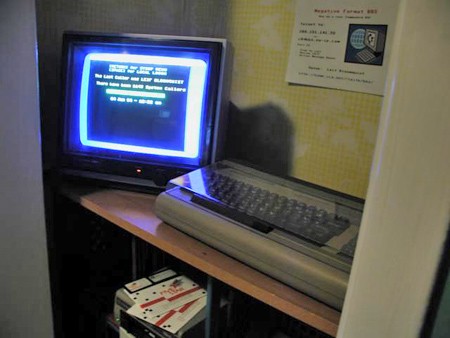[youtube=http://www.youtube.com/watch?v=CV9_25N21eM]
Before we begin, let us soothe those first dreaded thoughts. No, the commodore was not destroyed in the process. They can simply clip the 16 wires they added to interface the keyboard and be back to stock. Breathe a sigh of relief, and enjoy the twypper, a twitter wall made from a commodore SQ1000.
[Alex] needed to make an interesting project for his companies Openspace/hack day. A friend, suggested a twitter wall, and that’s when [Alex] got the idea for a typewriter. After a quick search, he found oomlaut’s typewriter. They didn’t let that deter them from making their own version though. They found a nice fully functional commodore SQ1000 and began hacking. Ultimately they simply decided to use an Arduino to short the key switches to simulate typing. There are all kinds of details on the necessary steps to get the typing to function absolutely correct on the project page. Over all it was well done and we’re happy to see that it can be undone just as easily.














